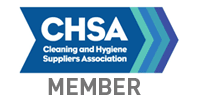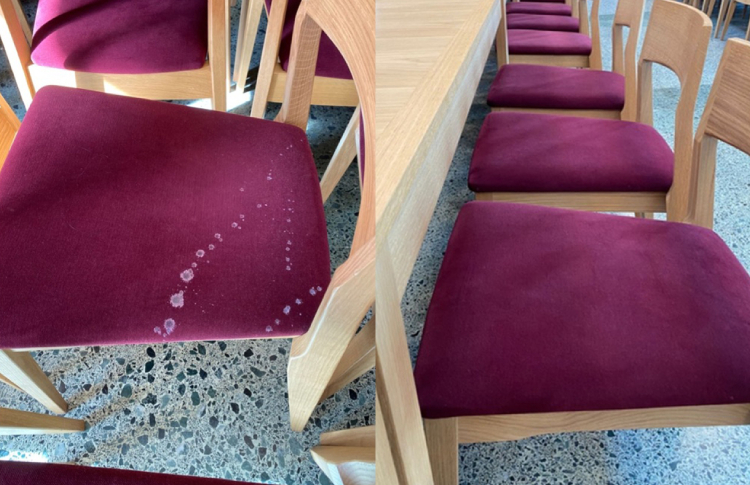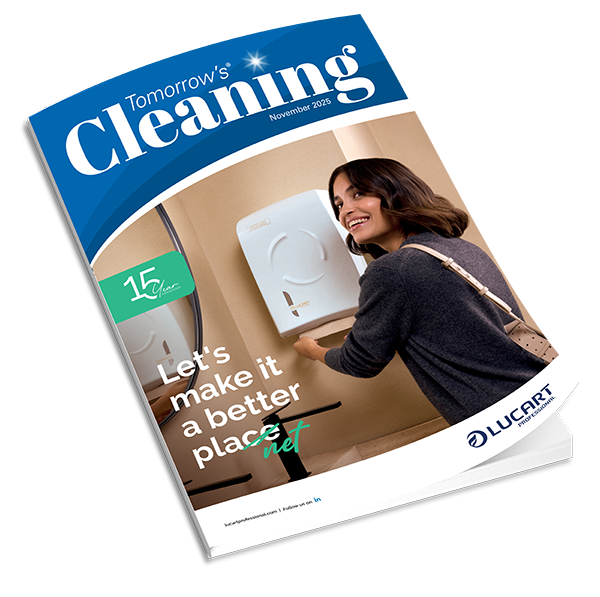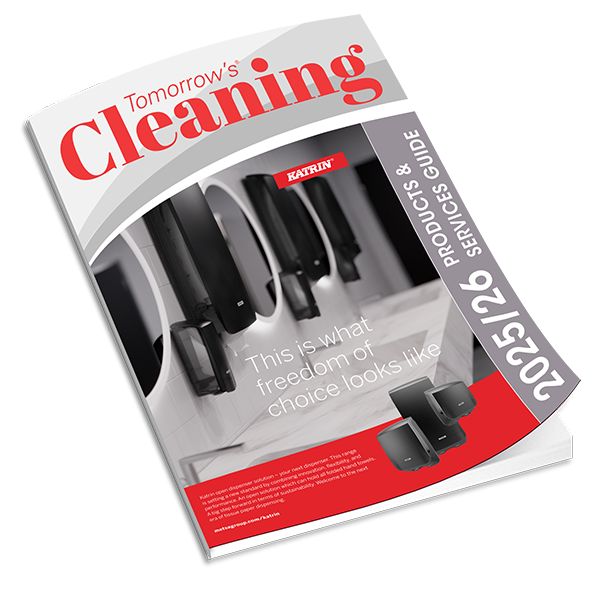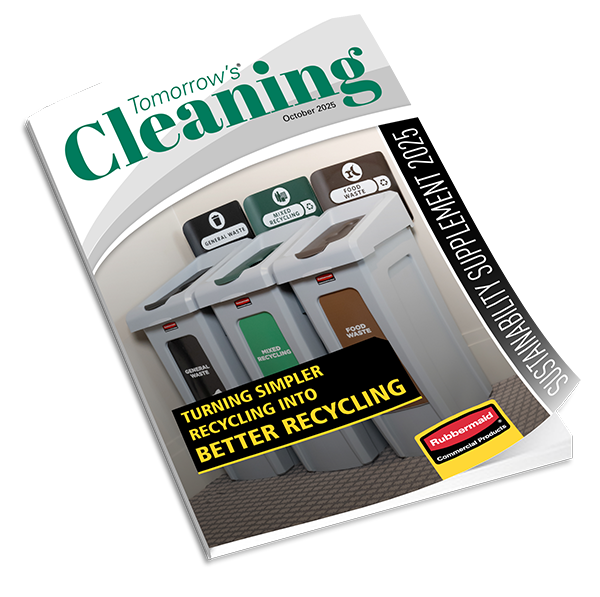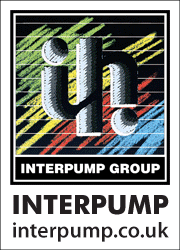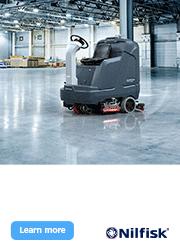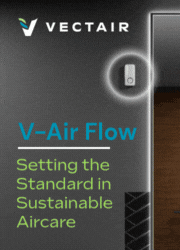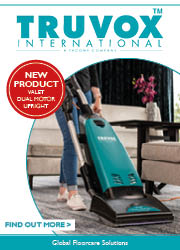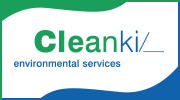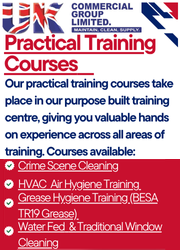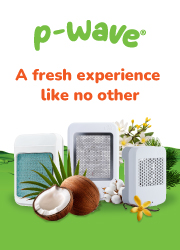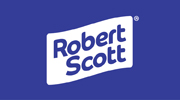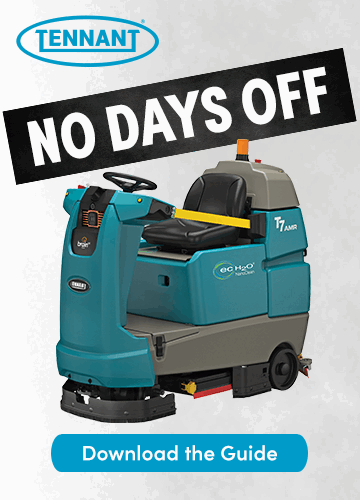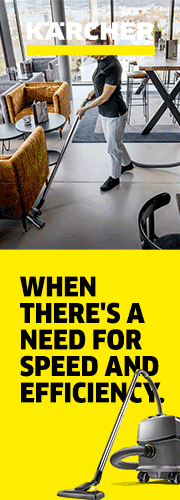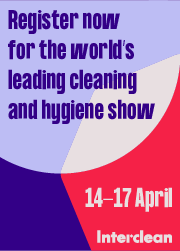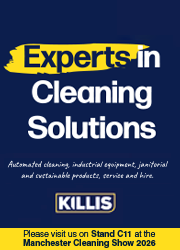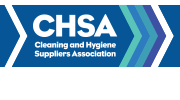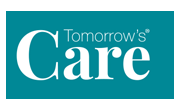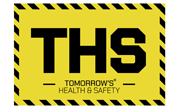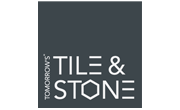Tork, an Essity brand and global leader in professional hygiene, brought together facilities leaders, designers, architects, policy makers, advocacy groups, NGOs, manufacturers, infection prevention experts, accessibility advocates and lived‑experience experts for a European roundtable on inclusive hygiene in public washrooms, held in Edinburgh, Scotland on 2 October 2025.
The discussion produced clear, actionable measures businesses and venues can implement now to remove hidden hygiene barriers for millions of users – and set out the commercial case for doing so.
The roundtable builds on the recent Tork insight survey, which found only one in five washrooms meet hygiene cleanliness expectations and 52% of people take negative action after a poor experience – from cutting visits short to leaving negative reviews – directly impacting business revenue and reputation. Participants stressed that ‘people aren’t the barrier; the environment is’, urging businesses to realise the opportunity to design washrooms for the inclusion of more people.
Mariëlle Romeijn of ONE HUNDRED Restrooms said: “Most people don’t really care about washrooms: they’re not top of the list; there are many other priorities. I think it’s necessary that more people start to care and that they really start to include washrooms in their priority list, because they add value for a customer, for a visitor. In the end, that’s value for the business.”
What good looks like – key takeaways for providers and designers:
Make ‘clean and safe’ non‑negotiable
- Prioritise cleanliness across all senses (sight, smell, sound).
- Reduce pathogen spread and anxiety by providing paper towels over noisy hand dryers, especially for immunosuppressed or sensory‑sensitive users.
- Specify easy‑to‑clean dispensers and fixtures with minimal seams to cut biofilm build‑up and cleaning time.
Design for all users, not typical users
- About 95% of those with cognitive or physical conditions don’t use wheelchairs; skin sensitivities, arthritis, neurodiversity, anxiety and paruresis (shy bladder) are widespread and often invisible.
- Inclusive design means as many people as possible can use the washroom comfortably. Prioritise reachability and low operating force: soap, towel and flush activations must be usable by people with limited grip strength or dexterity – and correctly positioned.
- Ensure privacy: full‑height cubicles, reliable and easy to operate locks and, where possible, in‑cubicle basins and ‘silent’ cubicles reduce stress and increase dignity.
- Provide period‑ and continence‑friendly features: free or easy‑access products; closed bins in every stall (including men’s); shelves and mirrors in‑stall; and ready access to basins. Poor provision drives user anxiety and facility misuse and blockages.
Standardise and install correctly
- Guidance exists but inconsistent interpretation limits the on-site experience for users.
- Call for pan‑European minimum specifications, including placement heights and operating forces, plus simple illustrated install guides to remove ambiguity.
Include cleaners and operators in the brief
- Design to be cleanable: flat surfaces, simple pipework and stain‑resistant materials supported with colour‑coded maintenance regimes.
- Recognise the role of cleaning teams as ‘comfort crew’ with training, visible ownership and rapid repair SLAs (service level agreements). Culture and respect of employees drives positive outcomes.
Use data to lift standards
- Employ traffic‑based, sensor‑driven maintenance (smart dispensers, visit counters, QR fault reporting) for cleaning‑on‑demand and faster repairs.
- Reinvest efficiencies to raise standards.
Plan for families, carers and diverse needs
- Provide fully enclosed cubicles with personal basins to enable carers, parents and anxious users to access facilities comfortably and with greater ease and confidence.
- Where space allows, add family rooms with dual‑height fixtures; consider adjustable‑height options. Publish information about washrooms at venues.
- Share details (location, opening times, layout, features) on websites and apps so users can plan with confidence.
Jenny Turner, Corporate Communications Director, Professional Hygiene at Essity, commented: “Inclusive hygiene in washrooms shouldn’t expose human conditions; it should ensure comfortable access for as many users as possible. The commercial and societal case is clear: when people feel comfortable, they stay longer, spend more and come back. Tork is embedding inclusive hygiene principles – from low‑force, easy‑to‑clean dispensers to data‑driven cleaning – so venues can deliver consistently clean, dignified and comfortable experiences.”
Participants from commercial real estate, retail, transport and hospitality agreed: washrooms are ‘a small focus but a big impact’. Clean, well-maintained environments support longer dwell time, increased food and beverage spend and greater employee satisfaction. In contrast, uncomfortable or poorly maintained washrooms can reduce revenue, discourage repeat visits and hinder return-to-office efforts.
Every day, people around the world face visible and invisible barriers to washroom hygiene – due to their individual abilities, needs or circumstances. Whether it’s cleaning standards or the physical setup, these mismatches can prevent comfortable access for many users. While the perfect washroom may be difficult to achieve, the roundtable discussion generated a range of practical actions that businesses can implement to improve revenue, reputation and employee wellbeing by removing barriers to hygiene for as many people as possible.


